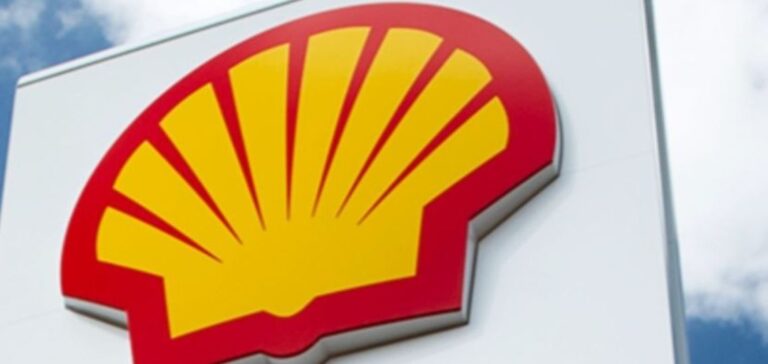The Netherlands plans to close Europe’s largest gas field, located in Groningen in the north of the country, as early as this year. The announcement was made by the outgoing head of Shell Netherlands, Marjan van Loon, who said that despite the uncertainty due to the war in Ukraine, this field had to be closed due to the increasingly powerful earthquakes caused by gas extraction. This decision was originally planned for last year, but was postponed due to the geopolitical situation.
Although the energy situation is currently tense in Europe, with the crisis in Ukraine and increased demand due to the cold winter, van Loon said the closure of the field was necessary despite the inconvenience it might cause. The Dutch government is expected to make a final decision on the issue in June, but this will also depend on the international situation.
Shell Netherlands and ExxonMobil have an equal stake in NAM, the company responsible for gas extraction in Groningen since the 1960s. A parliamentary commission published a report last February, blaming the Dutch government for not having acted more quickly in this case, underlining the moral obligation to remedy the situation in Groningen where many homes have suffered considerable damage.
The president of Shell assured that the oil company would pay for the damage caused and strengthen the infrastructure in the region, but she stressed that this had to be well organized. This decision will undoubtedly have an impact on gas supply in Europe, but it could also send an important signal to other countries to take similar measures for the environment and the safety of their citizens.






















